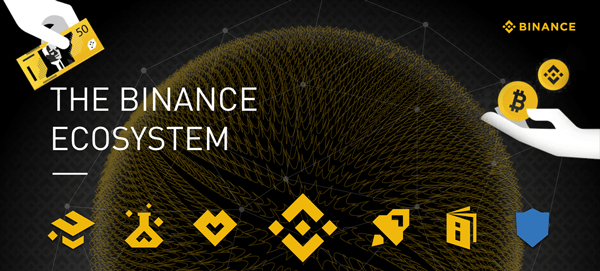
Decentralized finance service B.Protocol has announced plans for a new version that will improve the liquidation of undercollateralized loan positions on lending platforms.
In a release issued on Tuesday, the backstop liquidity protocol for DeFi lending platforms revealed that the upcoming v2 is based on a white paper for a novel Backstop automated market maker (B.AMM) written by a couple of anonymous community members.
According to a blog post published by B.Protocol founder Yaron Velner the v1 design that utilized professional liquidators to share profits with users instead of miners was not sufficient to tackle the capital inefficiency problem.
Unlike centralized exchanges like Binance that offer leveraged trading up to 100 times user deposits, the leverage ratio on decentralized exchanges (DEX) rarely exceeds five times. This significantly lower leverage limit is despite the massive liquidity pool available to DEX platforms.
For Velner and the B.AMM white paper authors, the poor leverage limit on DEXes forces lending platforms to be conservative with their loan collateral factors. Indeed, with high slippage and tight spreads on AMMs like Uniswap and SushiSwap, liquidation on DeFi lending platforms appears restricted to flash loan arbitraging.
DeFi lending platforms like Maker utilize a system of market-maker-keeper (or keepers) responsible for, among other functions, executing liquidations. These keepers have been the focus of scrutiny during black swan events like Black Thursday back in March 2020.
However, as previously reported by Cointelegraph earlier in June, DeFi liquidation mechanisms generally performed well amid a “tsunami of liquidations in May.”
B.Protocol’s solution to the problem is in the form of a platform that allows users to provide liquidity for possible liquidations — debt repayment in return for collateral — via an automatic rebalancing protocol that converts collateral for debt repayment.
According to Velner and the B.AMM white paper, the rebalancing process will be based on the Curve Finance stable swap invariant for asset pricing. While the stable swap invariant is designed for correlated asset pairs like Dai (DAI) and Tether (USDT), B.Protocol v2 will expand it for uncorrelated pairs like DAI and Ether (ETH).
In a conversation with Cointelegraph, Velner explained how the stable swap invariant will be expanded to work for uncorrelated asset pairs on B.Protocol v2:
“The system is designed specifically for non-correlated assets. This is possible because the system relies on an external price feed (e.g., Chainlink). The Curve Finance’s stable swap invariant is only used to determine the discount in the rebalance process.”
Related: Cointelegraph Consulting: DeFi hit by a tsunami of liquidations in May
By using an external price feed like Chainlink, B.Protocol asset pricing can be generalized in U.S. dollar terms.
According to the B.AMM white paper, the proposed high leverage DeFi liquidation platform can handle liquidation of up to $1 billion per month. The announcement also revealed that DeFi lending platforms can increase their collateral factors by up to four times on the B .Protocol v2.
Apart from the potential to increase collateral factors for DeFi lending, Velner also told Cointelegraph that the team ran simulations on the protocol during the volatile periods in May with the results showing substantial yields for users.





 Bitcoin
Bitcoin  Ethereum
Ethereum  Tether
Tether  XRP
XRP  USDC
USDC  Wrapped SOL
Wrapped SOL  TRON
TRON  Lido Staked Ether
Lido Staked Ether  Dogecoin
Dogecoin
Be the first to comment